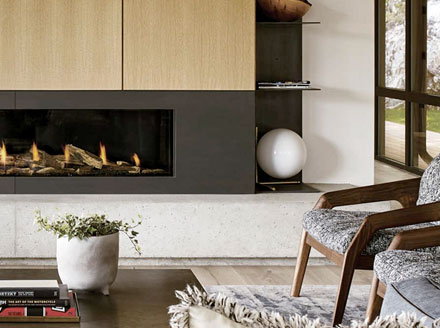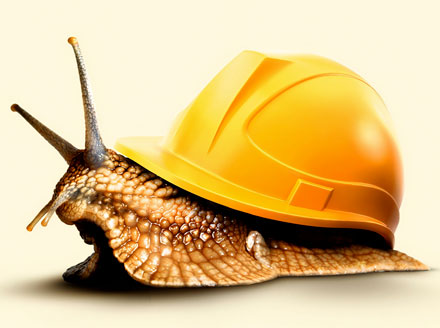Share This Post:
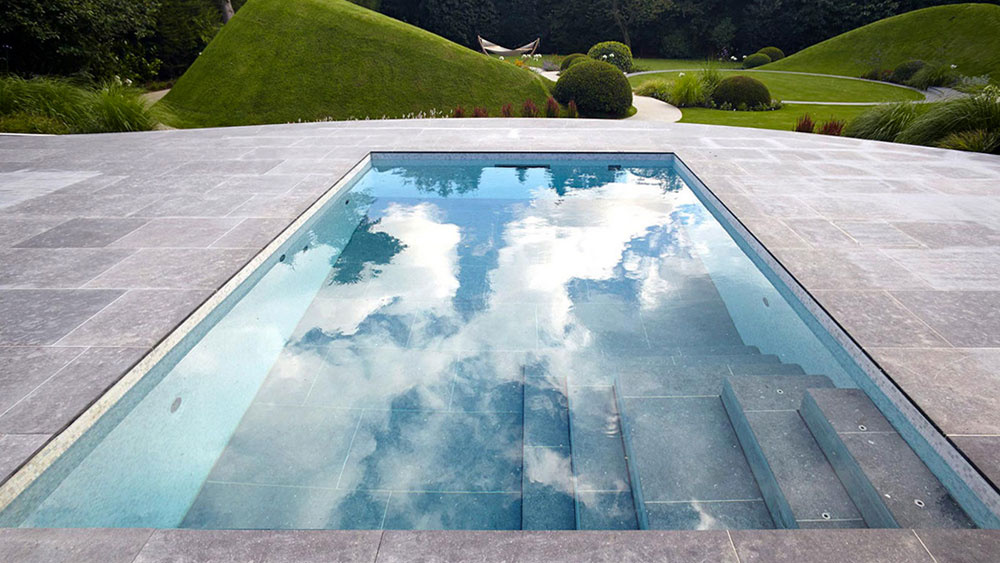
Image Credit: Guncast
Pool Cover Art
Pool Cover Art
POOL DESIGN | Carolyn Feinstein | June 16, 2020
POOL DESIGN | Carolyn Feinstein
June 16, 2020
Technology and innovation are constantly pushing forward in the pool cover industry. No longer are we relegated to the pool deck anchor-type covers that can offer safety, but do so at the cost of the aesthetic. When you think of automated pool covers, what comes to mind? Typically, it's the heavy vinyl covers that roll out from one side, or maybe two to meet in the middle with a little bit of pooled water on top and leaves you just can't reach. They offer safety and protection from water, sunlight, and debris. but I want you to think bigger. Think luxury. What if your pool cover, like the album art of an old record, added beauty and intrigue, rather than detracting from it? Like that record sleeve, the goal might be the music inside, but the packaging draws you in and makes it all the more enticing. And that is why I refer to these innovations as "pool cover art".
The first pool cover art I'll go over was ingrained into our culture courtesy of Hollywood in 1946. In the famous pool party scene in "It's a Wonderful Life", Jimmy Stewart and Donna Reed dance their way into the school pool as the retractable gym floor opens beneath them. This was filmed at Beverly Hills High School, where the retractable floor was installed thanks to the efforts of the basketball coach, Sax Elliot, proving architectural and engineering ingenuity doesn't always originate from those within the field. Residential pools do not need to bear the weight of an entire class of dancing high school seniors, but the principles are much the same.
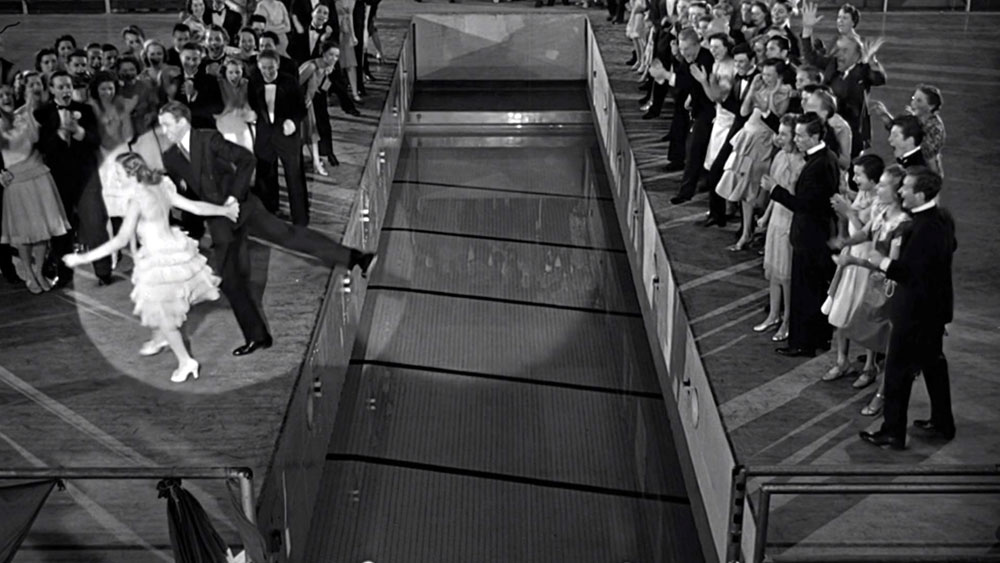
Image Credit: Paramount Home Entertainment
Having the space to fully retract a floor the length of a pool may be a big ask when thinking of how close the pool will be to the main house or other structures. Sliding decks that alternately cover the pool and landscape are an attractive option, though I have never liked the exposed track necessary for the operation. For smaller spaces, or those that would like to create a privacy wall while the pool is in use, a bifold or tilting deck cover may be a good idea. Like the bifold pictured below by Agor Engineering, the pool cover folds in half vertically to a given side of the pool. Depending on the chosen direction, it can provide shade in the open position and usable entertaining space when it is down. The teak wood finish minimizes the weight the mechanism has to move (as compared to tile), while maintaining a sleek, modern aesthetic.
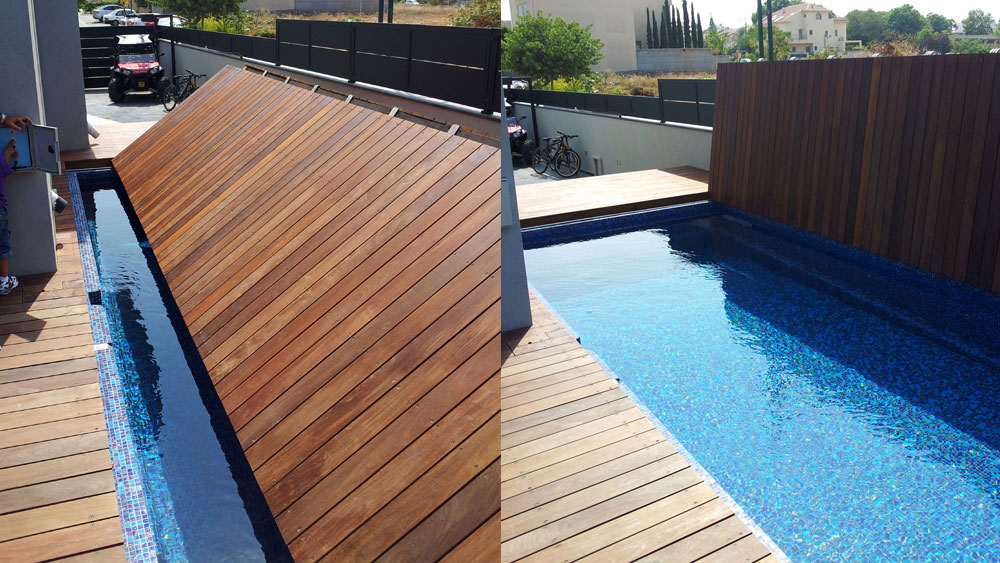
Image Credit: Agor Engineering
Let's take it one step further. Forget needing any extra space for your pool cover. Say I want to be able to adjust the depth of the pool for different activities: 6 feet when the adults are having a party or I want to swim laps, 3 feet for when the kids are hanging out, and 4 feet for that scuba training I've been planning to do for years. Got it covered (no pun intended). A moveable pool floor that serves as a walkable entertainment area when closed and elegantly disappears to varying depths of the pool as it opens. These deck covers can have integrated pool steps and are available in tile or wood finishes. Here you can have a patio area to have a quiet dinner, a 1 foot deep splash pad for the kiddos, or 6 foot deep lap pool. Another huge plus of the moveable floors is that you are not limited in the shape of your pool. Since the custom-designed floor adheres to the edges of whatever shape your pool might be, you no longer need to worry about an automatic cover that may cover the L, or a traditional tarp that is anchored to the pool deck of a free form shape. The landscape, design style, and available space can be the determining factors instead of pool cover constraints.
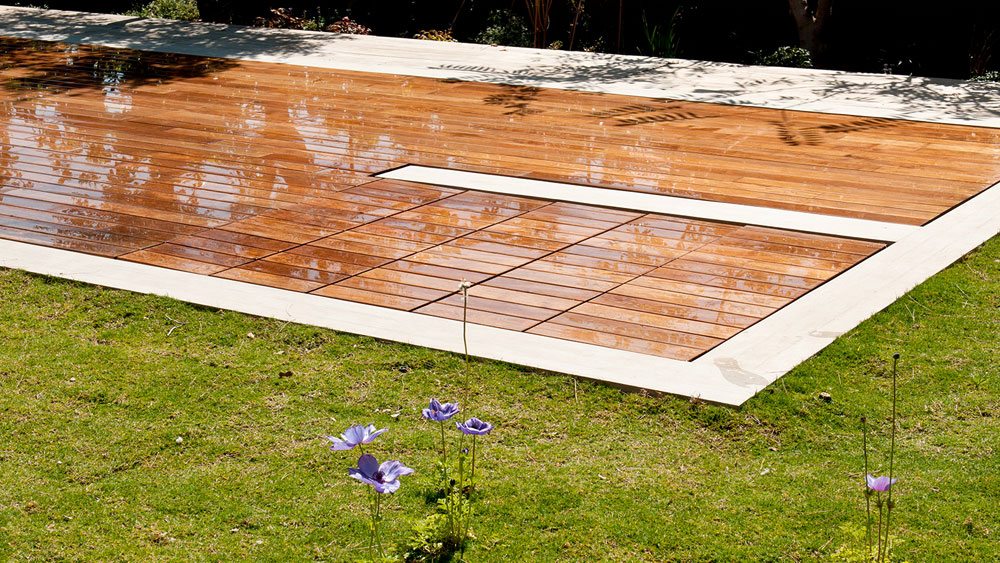
Image Credit: Agor Engineering
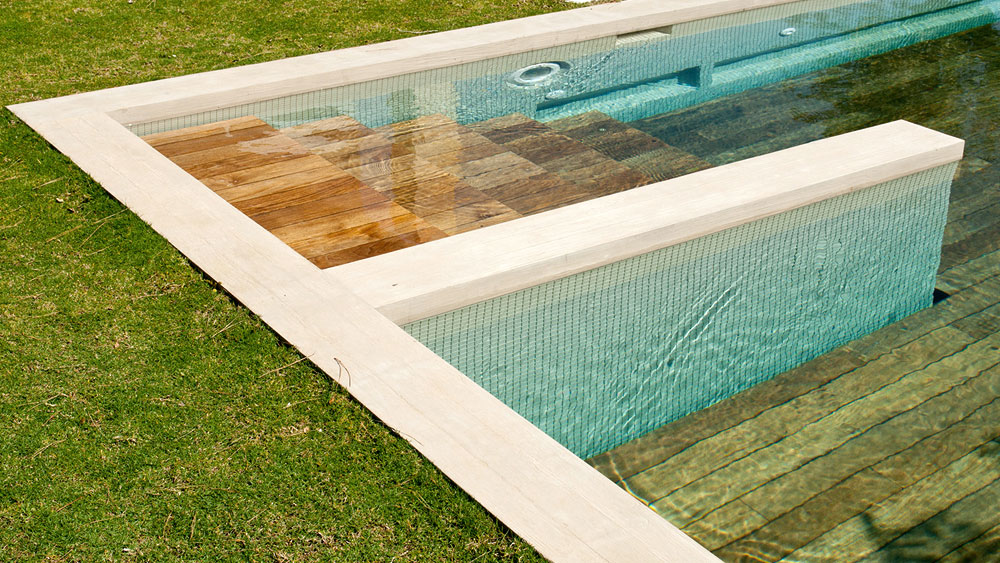
Image Credit: Agor Engineering
These covers have integrated safety features, like an automatically inclining floor to prevent children from unknowingly entering the deep end of the pool. As the floor lowers beneath the water and reaches the desired depth, one side settles to an incline to a gradually take the swimmer into deeper water. The steel frame and water-based hydraulic system is thoughtfully engineered to minimize maintenance and extend the life of the product. Finish materials range from the teak decking you see above, to glass, to custom tile.
Although many of these pool cover options have been around for decades, the technology and materials utilized to improve performance and extend the life of the pool cover have come a long way. The alternatives we now have to short-lived, unsightly pool covers, are reflective of the style and innovation of those that create this pool cover art.



